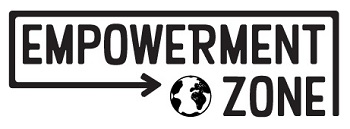One of my favourite newspaper columns is Value Hunter with Jane Hansen in The Sunday Mail. Jane always gives well-researched, practical advice on how to save money. The column features a Taste Test and value analysis of a particular product. This week it is WATER - the bottled variety!
I love her tongue in check assessment when comparing the Taste Test quality - they all "taste just like water". Jane does raise serious considerations like the fact Coca-Cola owned brand Mount Franklin water bottle costs more than triple Coca-Cola's carbonated drink and almost four times as much as a litre of fresh milk.
And, while tap water averages $1.70 per kilolitre (less than .0017 cents per litre), bottled water costs:
~ Organic Springs 600ml water bottle $2.75 per litre
~ Mount Franklin 600ml water bottle $4.15 per litre (owned by Coca-Cola)
~ Arooma 600ml water bottle $1.48 per litre
~ Pump 750ml water bottle $3.08 per litre (owned by Coca-Cola)
Aside from the costs of bottled water on the hip pocket, we know there are growing concerns about the environmental costs of bottled water.
Director of a new documentary Tapped: get off the bottle, Stephanie Soechtig, says “1500 water bottles end up in landfill every second – that’s 30 million water bottle a day!” The Tapped team is currently promoting the movie with an across America roadshow, collecting pledges from people to reduce their water bottle use and exchanging their empty plastic bottle for a reusable stainless steel bottle. The roadshow is sponsored by Klean Kanteen.
Read our article Water bottle under siege - movies, books, governments and see the new animated film The Story of Bottled Water by The Story of Stuff creator, Annie Leonard.














